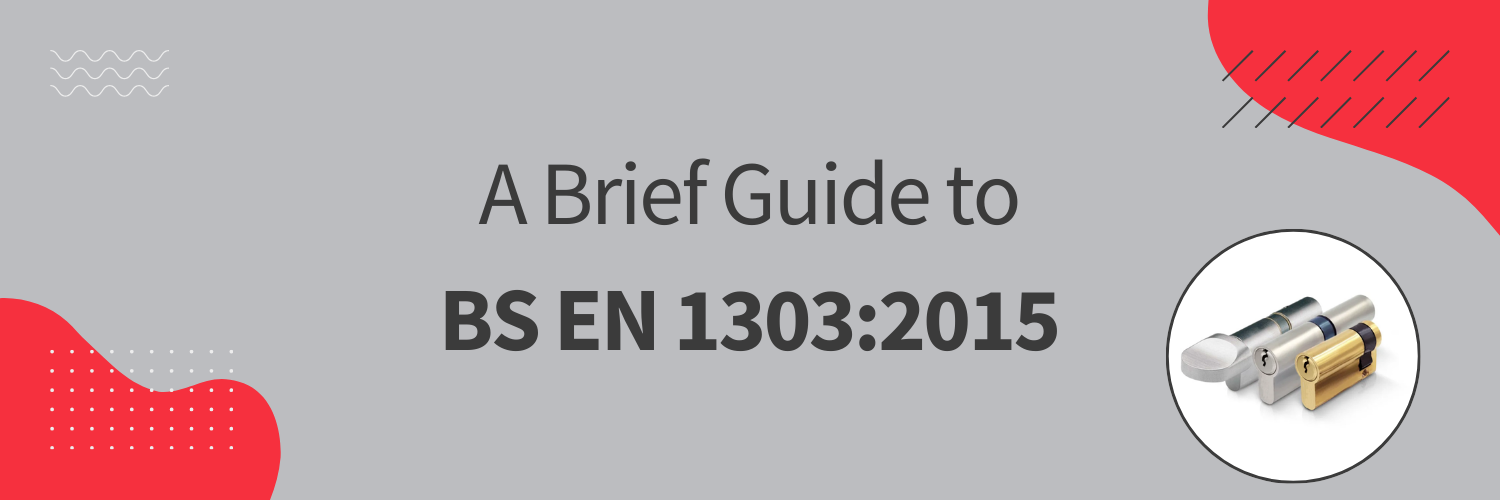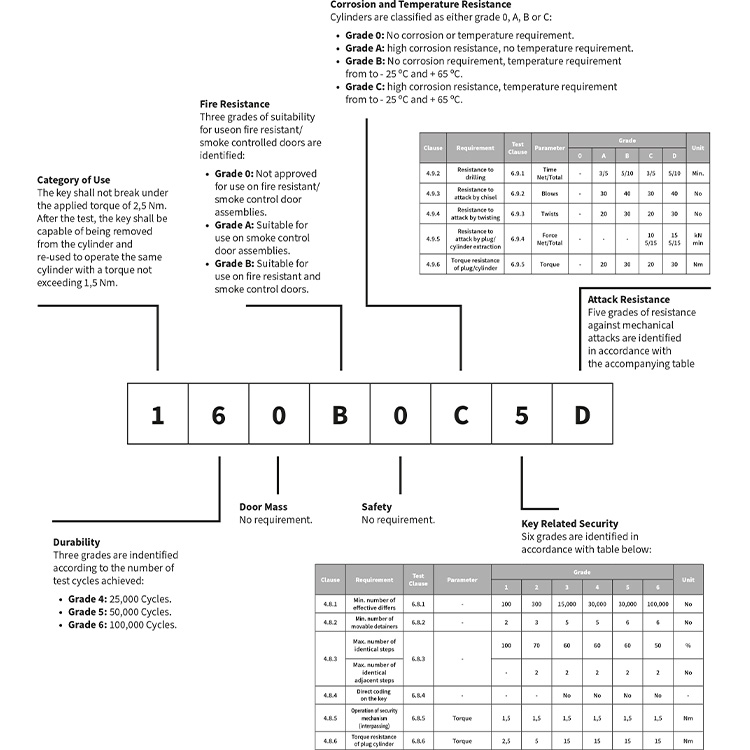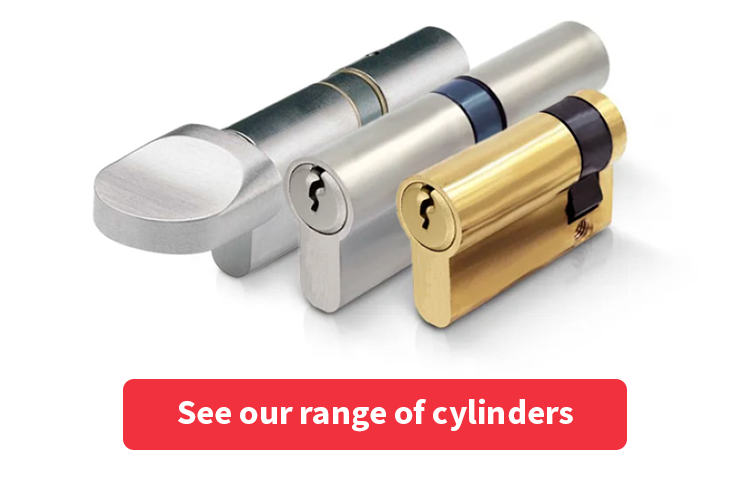4 April 2025

Discover the BS EN 1303:2015 Cylinder Standard
Building on last year’s discussion of BS EN 1154:1997, this guide shifts the focus to BS EN 1303:2015. We’ve chosen to take a closer look at this standard because it applies to something you deal with daily: cylinder systems and their keys.
Its importance is heightened because other standards you may be familiar with, such as TS007 and PAS24, refer to it for some of their criteria. While those standards often focus primarily on attack resistance and security, BS EN 1303 takes a broader approach, establishing itself as the definitive benchmark for cylinders. It ensures they perform reliably under daily wear and in high-security scenarios.
By understanding BS EN 1303:2015, you’ll be better equipped to make informed choices about the cylinders you specify and install, providing your customers with greater peace of mind. Let’s break down what this standard means for you.
BS EN 1303:2015: What Does It Cover?
BS EN 1303:2015 sets out performance requirements for cylinders and their original keys. It defines standards for durability, security, and how the key functions, so you can rely on the quality of the product you’re installing.
BS EN 1303:2015 Classification System
Every cylinder that complies with BS EN 1303 comes with an 8-digit classification. These digits provide a snapshot of how the cylinder performs in different areas. Here’s what they mean:

When you’re choosing a cylinder, check the full classification, which will help you pick the right product for every job.
Installing Cylinders on Fire Doors
If you’re fitting a cylinder to a fire door, you’ve got extra considerations to keep in mind. According to BS EN 1303 Annex A, every cylinder fitted to a fire door “shall be fire tested in accordance with current fire test requirements of EN 1634-1 or EN 1634-2 or materials for the parts of the cylinder responsible for preventing the spread of fire shall have a melting point not less than 840 °C”.
These requirements ensure that the cylinder you install contributes to the integrity of the fire door while providing secure locking.

Installation and Maintenance Tips
Understanding the BS EN 1303 standard can be a game-changer for your work as it can also offer practical insights that help you deliver top-quality installations every time. Let’s have a look at some examples:
- Match the grade to the security needs: when installing cylinders in high-security areas, opt for those with a high attack resistance (Grade D). This ensures they can withstand forced entry attempts.
- Consider the environment: for exterior doors exposed to the elements, choose cylinders with high corrosion resistance (Grade C). These are built to handle weathering and ensure longevity.
- Think about durability: for doors that see heavy foot traffic, like office entrances or communal doors, go for cylinders with a high durability grade (Grade 6).
Getting the installation right is just as crucial as selecting the right product. Each cylinder comes with specific installation guidelines, which you should follow carefully.
Suggesting regular maintenance to your customers is also a good idea. This will keep the lock performing well over time.
Product Marking
When working with cylinders that comply with BS EN 1303:2015, make sure that the full classification is quoted in the accompanying documentation, on its labelling or packaging and/or the product itself.
Why BS EN 1303 Matters
By learning more about BS EN 1303:2015, you’re guaranteeing that your work meets strict industry standards. With this knowledge, you can approach your next job with confidence, knowing that you’re offering your customers secure, reliable cylinders for all their needs.
Source: BS EN 1303:2015 Building hardware. Cylinders for locks. Requirements and test methods (2015). British Standard Institute.